Elderberry Bush Varieties: Different Types Of Elderberry Plants
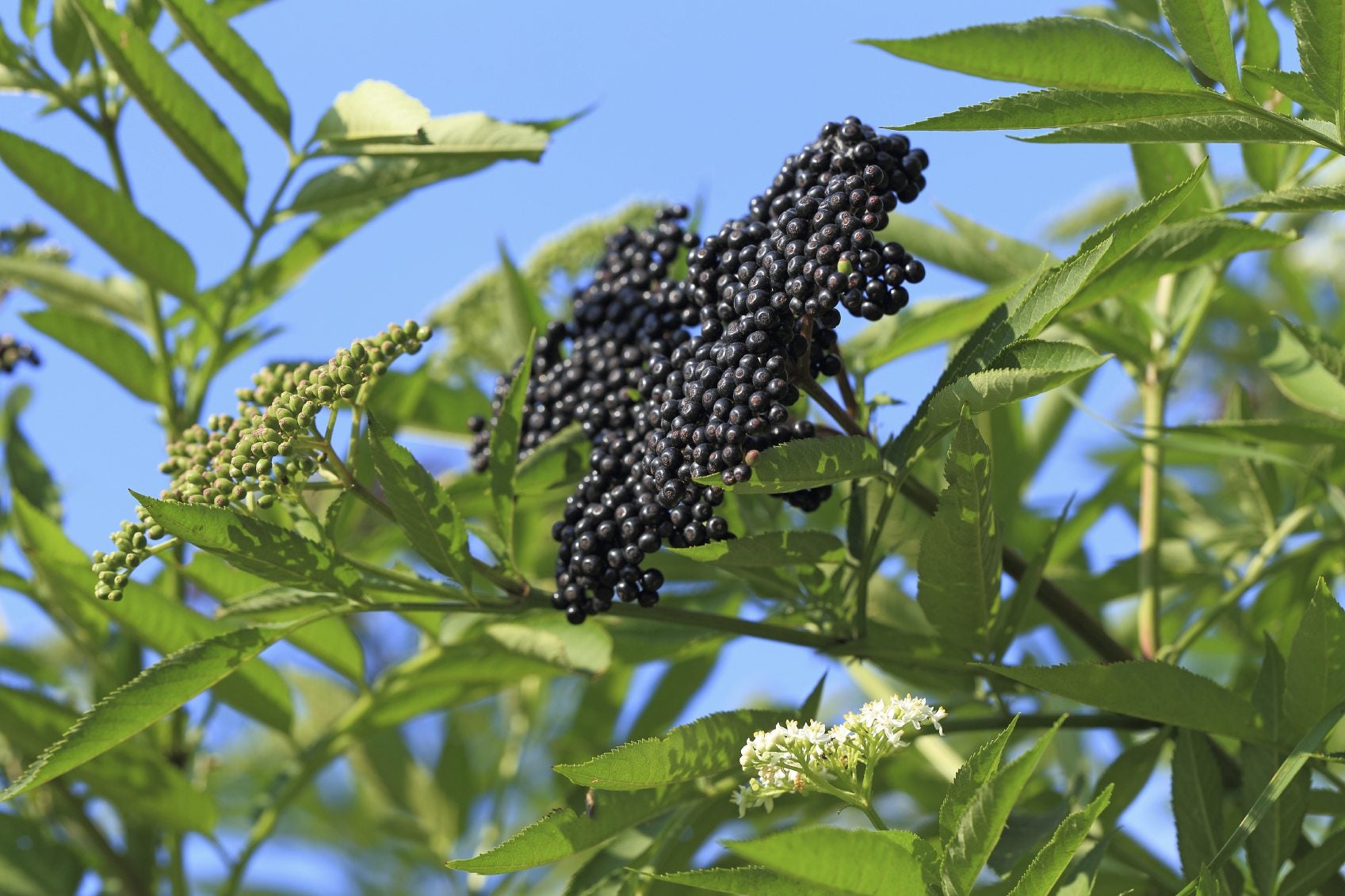
Elderberries are one of the easiest shrubs to grow. Not only are they attractive plants, but they yield edible flowers and fruit high in vitamins A, B, and C. Native to Central Europe and North America, the shrubs are commonly found growing along the road, forest edges, and abandoned fields. What types of elderberry plants are suited to your region?
Elderberry Types
Recently, newer varieties of elderberries have been introduced into the market. These new elderberry bush varieties have been bred for their ornamental characteristics.
So now you not only get the lovely 8 to 10 inch (20-25 cm.) blossoms and prolific dark purple fruit but, in some varieties of elderberry, colorful foliage as well. The two most common types of elderberry plants are the European elderberry (Sambucus nigra) and the American elderberry (Sambucus canadensis).
- The American elderberry grows wild among fields and meadows. It attains a height of between 10 and 12 feet (3-4 m.) tall and is hardy to USDA plant hardiness zones 3 to 8.
- The European variety is hardy to USDA zones 4 to 8 and is significantly taller than the American variety. It grows up to 20 feet (6 m.) in height and also blooms earlier than the American elderberry.
There is also a red elderberry (Sambucus racemosa), which is similar to the American species but with one important difference. The brilliant berries it produces are poisonous. You should plant two different elderberry bush varieties within 60 feet (18 m.) of each other to get maximum fruit production. The bushes begin producing in their second or third year. All elderberries produce fruit; however, the American elderberry varieties are better than the European, which should be planted more for their lovely foliage.
Varieties of Elderberry
Below are common cultivar elderberry varieties:
- ‘Beauty,’ as its name suggests, is an example of an ornamental European variety. It boasts purple foliage and pink blossoms that smell of lemon. It will grow from 6 to 8 feet (2 m.) tall and across.
- ‘Black Lace’ is another spectacular European cultivar that has deeply serrated, dark purple foliage. It also grows to 6 to 8 feet (2 m.) with pink flowers and looks very much akin to a Japanese maple.
- Two of the oldest and most vigorous elderberry types are Adams #1 and Adams #2, which bear large fruit clusters and berries that ripen in early September.
- An early producer, ‘Johns’ is an American variety that is a prolific producer as well. This cultivar is great for making jelly and will grow to 12 feet (4 m.) tall and wide with 10 foot (3 m.) canes.
- ‘Nova,’ an American self-fruiting variety has large, sweet fruit on a smaller 6 foot (2 m.) shrub. While it is self-fruitful, ‘Nova’ will thrive with another American elderberry growing nearby.
- ‘Variegated’ is a European variety with striking green and white foliage. Grow this variety for the attractive foliage, not the berries. It is less productive than other elderberry types.
- ‘Scotia’ has very sweet berries but smaller bushes than other elderberries.
- ‘York’ is another American variety that produces the largest berries of all the elderberries. Pair it with ‘Nova’ for pollinating purposes. It only grows to about 6 feet (2 m.) tall and across and matures in late August.
Gardening tips, videos, info and more delivered right to your inbox!
Sign up for the Gardening Know How newsletter today and receive a free copy of our e-book "How to Grow Delicious Tomatoes".

Amy Grant has been gardening for 30 years and writing for 15. A professional chef and caterer, Amy's area of expertise is culinary gardening.
-
 Looking For Plants To Give You The Soft And Fuzzies? Try These 5 Fuzzy Leaf Plant Options
Looking For Plants To Give You The Soft And Fuzzies? Try These 5 Fuzzy Leaf Plant OptionsLovers of texture, drama, silver foliage and tactile plants will adore these special sensory garden additions. These fuzzy leaf plant options will leave you all aglow
By Susan Albert
-
 Get Ready For A Summer Of Hummers! Grow These Full Sun Hummingbird Plants and Flowers
Get Ready For A Summer Of Hummers! Grow These Full Sun Hummingbird Plants and FlowersIf you’re lucky enough to enjoy a sunny backyard, make sure you are maxing out on your pollinator opportunities and grow these full sun hummingbird plants and flowers
By Tonya Barnett
-
 Elderberries Not Fruiting – How To Get Elderberry Fruit
Elderberries Not Fruiting – How To Get Elderberry FruitNo berries on elderberry? There may be a simple explanation. Read on for a helpful tips that may resolve the problem of elderberries not fruiting.
By Mary H. Dyer
-
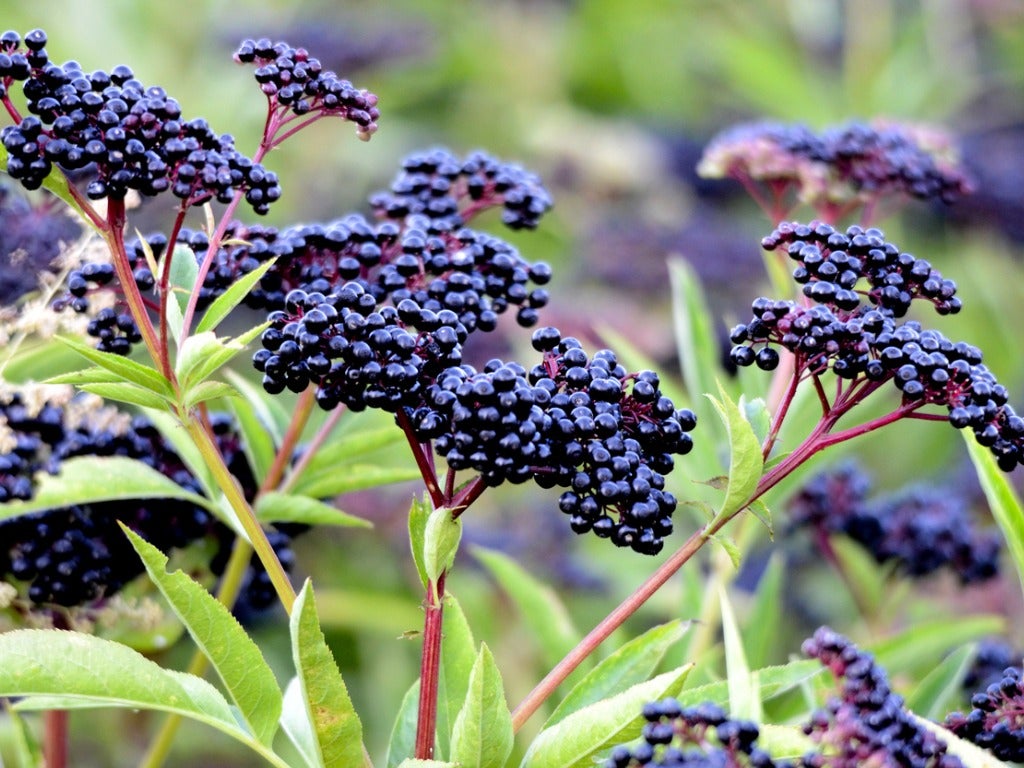 Germinating Elderberry Seeds – Elderberry Seed Growing Tips
Germinating Elderberry Seeds – Elderberry Seed Growing TipsIf you are cultivating elderberries for commercial or personal harvest, growing elderberry from seed may not be the most efficient way to go, however, it is possible. Click here to learn more.
By Teo Spengler
-
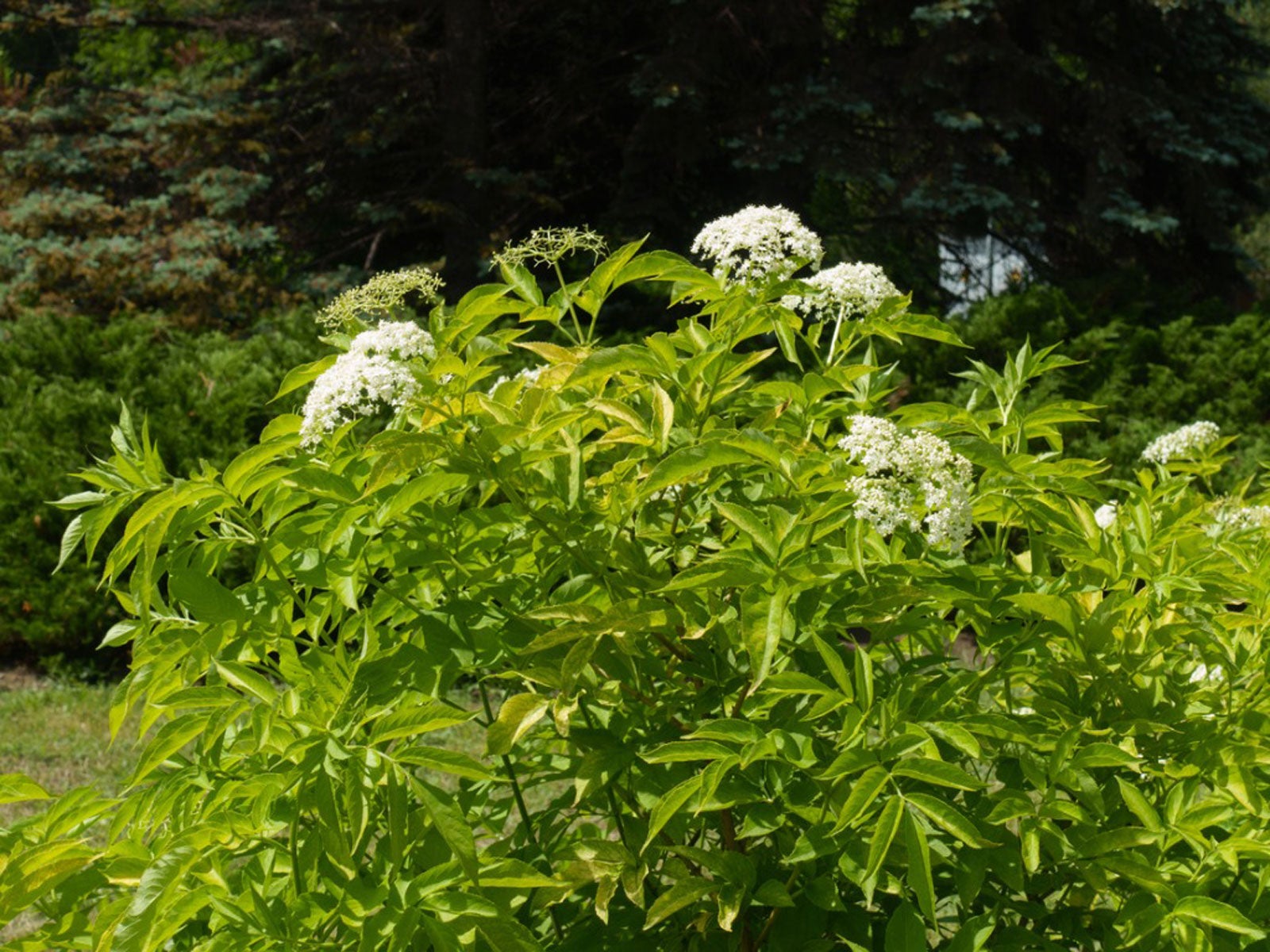 Transplanting Elderberries – How To Transplant Elderberry Bushes
Transplanting Elderberries – How To Transplant Elderberry BushesElderberry plants are attractive and productive. If you have a poorly sited shrub, moving an elderberry is not difficult. Get tips here.
By Teo Spengler
-
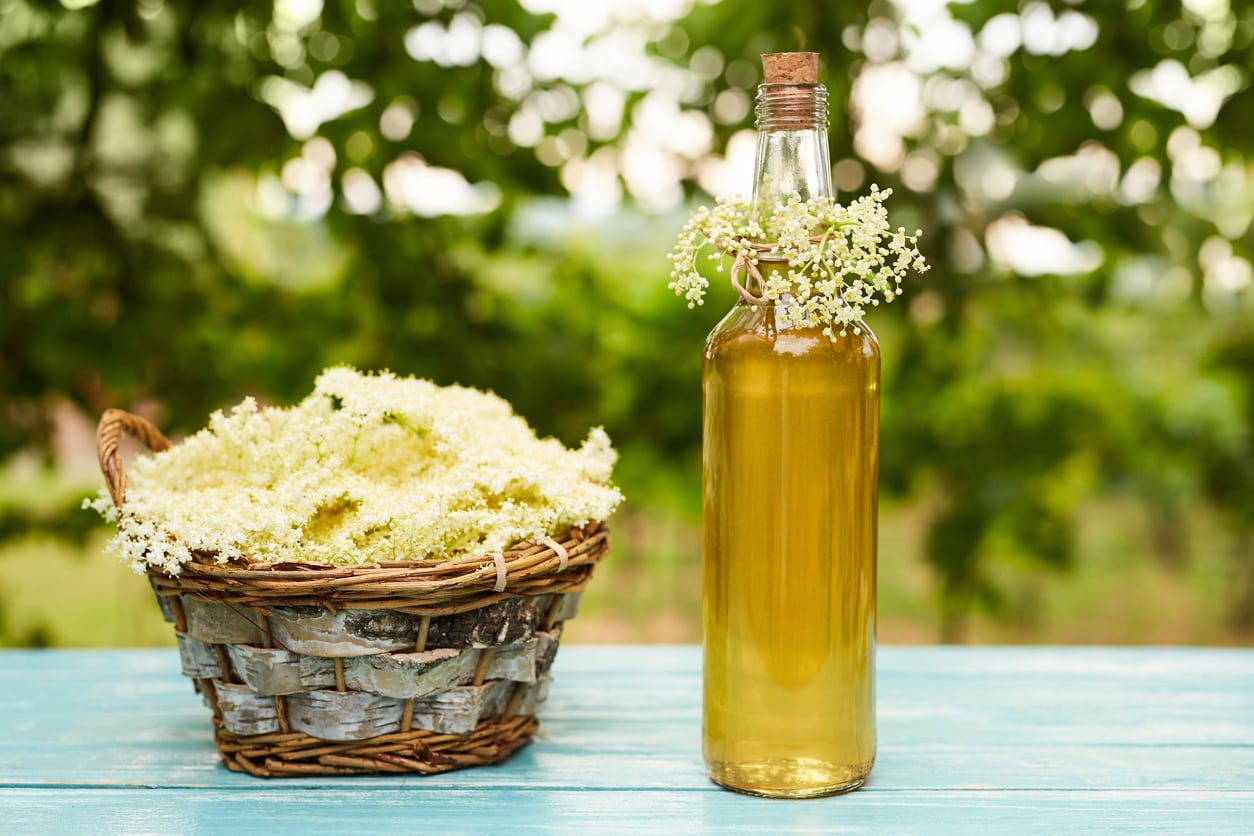 What To Do With Elderflowers: How To Use Elderflowers From The Garden
What To Do With Elderflowers: How To Use Elderflowers From The GardenMany gardeners and cooks know about elderberries, the small dark fruits that are especially popular in European cuisine. But before the berries come the flowers, which are tasty and useful in their own right. Click here to learn what to do with elderflowers.
By Liz Baessler
-
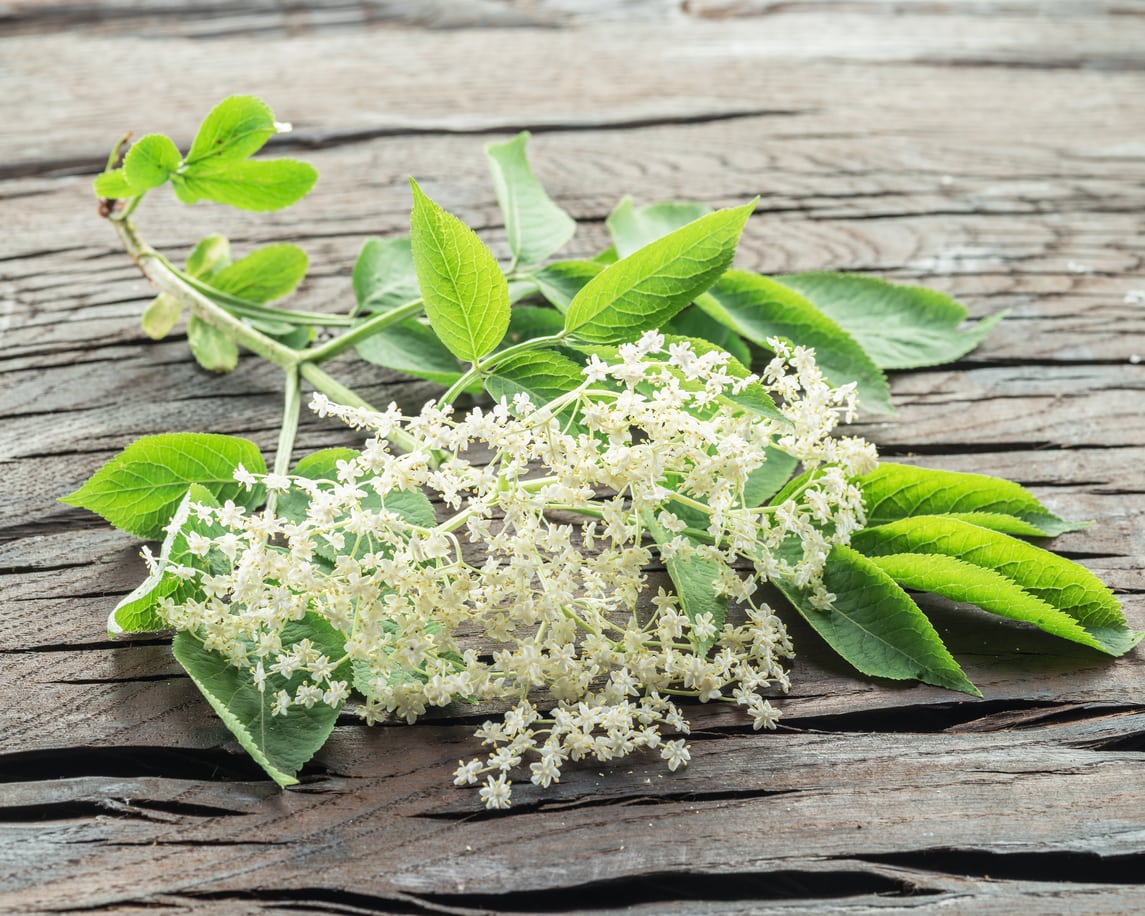 Elderberry Flowers – Growing Elderflowers In The Garden
Elderberry Flowers – Growing Elderflowers In The GardenElderberry is most well-known for its fruit, but you can also grow elderberries for their flowers. American elder is a fast-growing bush that will tolerate a variety of conditions and requires little care and maintenance. Learn more in this article.
By Mary Ellen Ellis
-
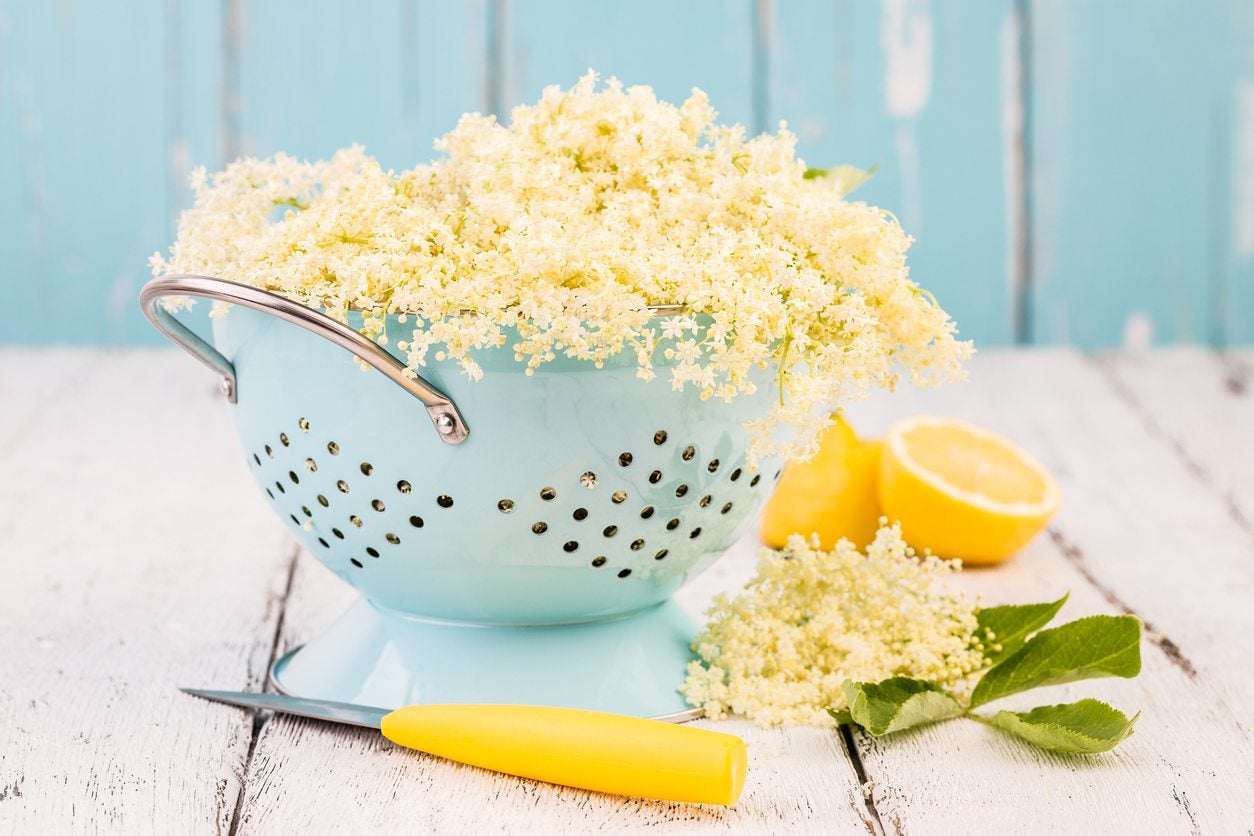 How To Harvest Elderflowers – Tips For Picking Elderflowers
How To Harvest Elderflowers – Tips For Picking ElderflowersElderflowers have a long tradition of use and colorful lore. They are most useful in herbal concoctions during flu and cold season. Picking elderflowers when in season and drying them is an excellent way to preserve them for fall and winter sick days. This article will help.
By Bonnie L. Grant
-
 Elderberry Plant Companions – Tips On Planting With Elderberries
Elderberry Plant Companions – Tips On Planting With ElderberriesGardeners love elderberries because they attract pollinators, like butterflies and bees, and provide food for wildlife. These shrubs can be planted alone but look best with elderberry plant companions. What to plant with elderberries? This article will help.
By Teo Spengler
-
 Rooting Elderberry Cuttings: How To Propagate Elderberry Cuttings
Rooting Elderberry Cuttings: How To Propagate Elderberry CuttingsElderberries are woody plants, thus starting elderberry from cuttings is a simple and common method of elderberry propagation. How to propagate elderberry cuttings and when is the best time to take elderberry cuttings? Learn more here.
By Amy Grant